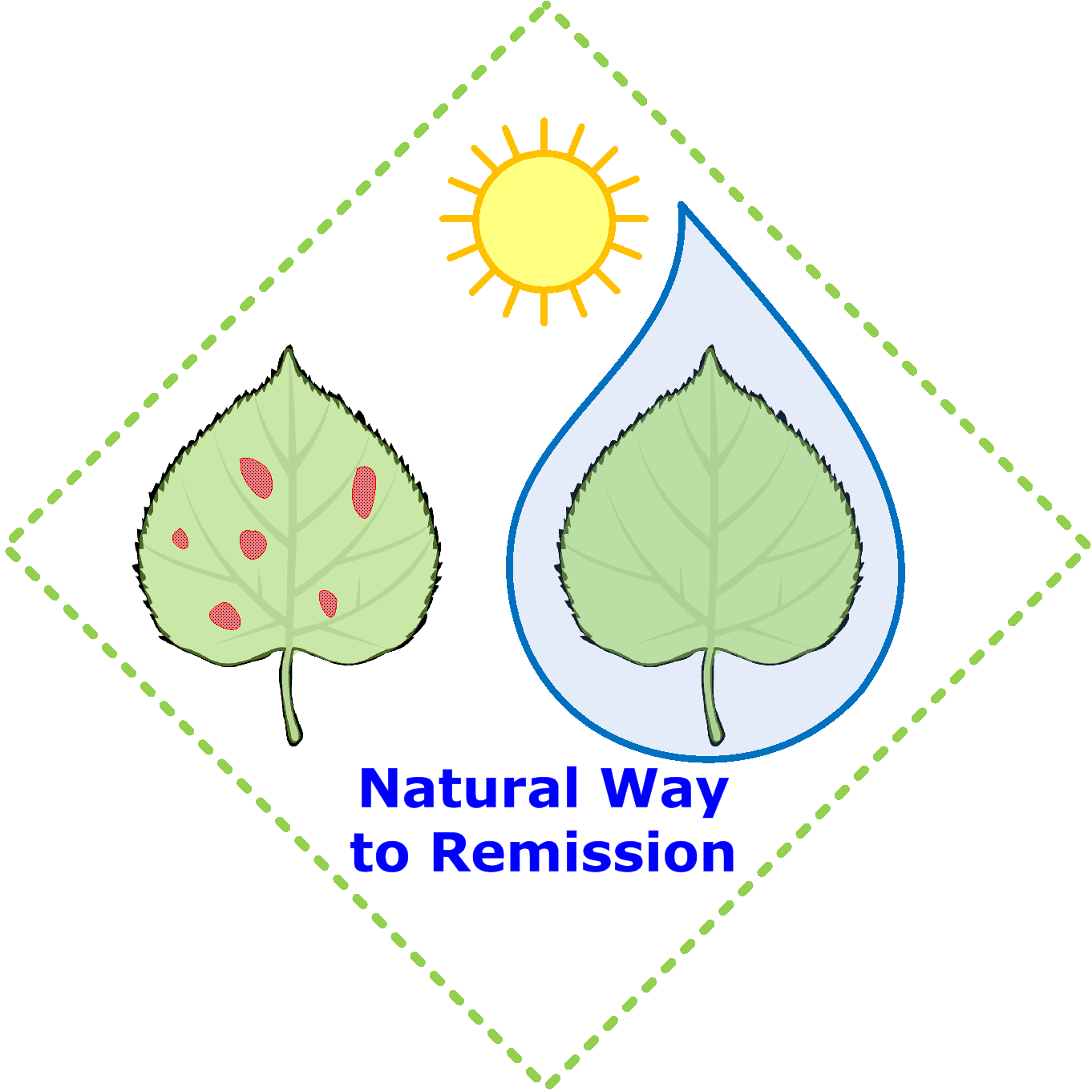
Psoriasis as intestinal disease

Treatment
![]() Individual diet for psoriatic disease.
Individual diet for psoriatic disease.
![]() Health coaching (eng - in future)
Health coaching (eng - in future)
![]() Health coaching (rus - now)
Health coaching (rus - now)
 Psoriasis as intestinal disease |

Treatment |
|
|
|
||
Theory | ||
DOI of latest version: 10.5281/zenodo.4310085 |
An analytical survey of results of experimental and theoretical works on psoriatic disease has been carrried out. A new YN-model of pathogenesis of psoriasis as skin manifestation of systemic psoriatic process SPPN is formulated. |
|
A survey and analytical assessment of the results of fundamental works on studying blood metagenome (set of all non-human DNA) is carried out. All works on determining bacterial DNA concentration in the whole blood of healthy people are reviewed. Detailed comparison of characteristics of 16S rRNA test (hereinafter 16S-test) and whole metagenome sequencing test (hereinafter WMS-test) is carried out and published in Supplement S1. One of main goals of this review is to identify the drawbacks and mistakes which the studied works contain, particularly to emphasize the crucial importance of determining total concentration of bacterial DNA for comparing patients' metagenomes with those of healthy people as well as for comparing patients' metagenomes with each other. Controlling the level and composition of contamination is equally important. The absence of high-quality contamination control at each step (or at certain steps) of the research significantly reduces the reliability of achieved results. The given review is the first attempt to analyze and systematize the results of blood metagenome studies, whose number has increased considerably in the last few years. The review has been carried out as part of preparation for implementing a project on complex studying metagenomes of whole blood and skin biopsies of psoriatic patients. |
DOI: 10.5281/zenodo.2667680 |
The first stage of NCS-project devoted to the study, diagnostics and treatment of psoriasis is substantiated and given a detailed description. The purpose of the first stage is testing the basic hypotheses of new systemic YN-model of psoriasis pathogenesis. The test consists in complex studying of whole blood metagenome and metagenome of psoriatic skin (phagocytes). Metagenome is all non-host DNA (here - non-human) which is found in biomaterial. The necessary algorithms for complex studying of metagenomes are suggested and substantiated. |
Mikhail Peslyak, Antipsoriatic Association "The Natural Alternative"
| |
NCS-Presentation (and illustrations for pitch) |
|
